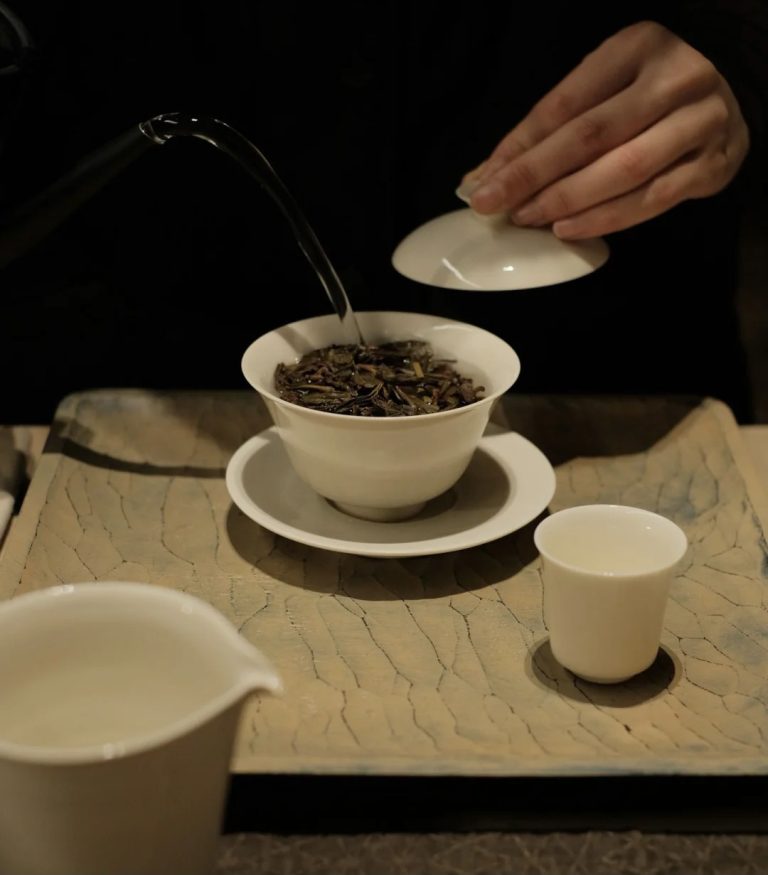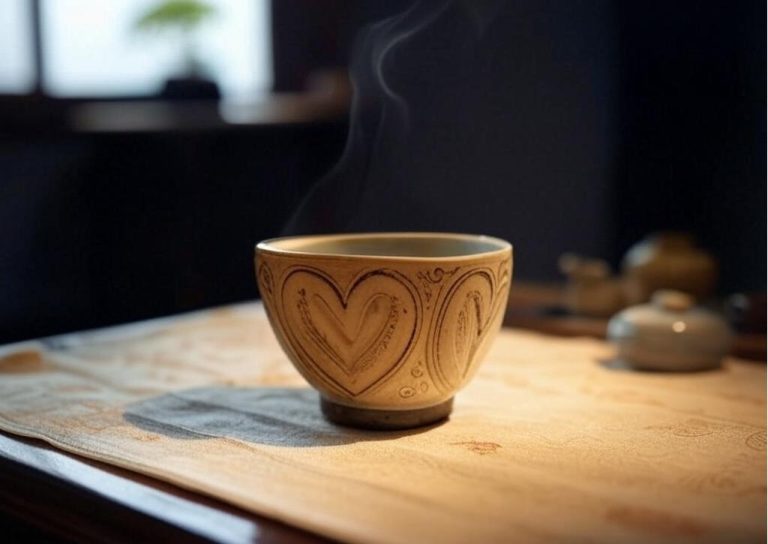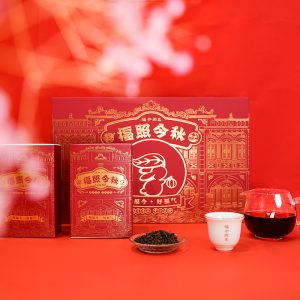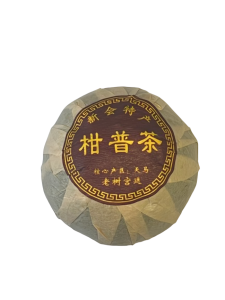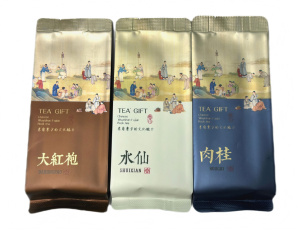Buy FONG’S TEA Selected High Quality Ripe Puerh Tea Now
Regarding the world of tea, Pu Erh Tea and Dark Tea often catch people’s attention. Although they share some similarities, such as undergoing post-fermentation, they have distinct characteristics. This article will delve into the differences between Ripe Pu Erh Tea and Dark Tea to help you better understand these two types of tea.
Different Processing Procedures
The processing of Pu Erh Tea and Dark Tea follows different paths. In Dark Tea production, the journey from fresh leaves to the final product is continuous. The processing duration varies based on the tenderness of the raw materials.
For Pu Erh Tea, research on Yunnan Pu Erh Tea processing shows that although it belongs to post-fermented tea, the process from fresh leaves to finished products is intermittent. The precursor of Yunnan Pu Erh Tea was sun-dried green tea within the green tea family. Thus, the processing technique of Pu Erh Tea sets it apart from Dark Tea. If we view Pu Erh Tea continuously, it can be considered a unique type of tea outside the existing six major tea categories.
Raw Materials and Processing Methods
When it comes to raw materials, Dark Tea primarily uses small and medium-sized leaves. In contrast, Ripe Pu Erh Tea is crafted from sun-dried green tea made from large Yunnan tea leaves.
Regarding the humidity during fermentation, Dark Tea relies on the remaining moisture in fresh leaves after fixing. Part of this humidity is due to the residual temperature after fixing, and the other part comes from the metabolic activities of microorganisms. In Pu Erh Tea processing, artificial humidification is key. The amount of water added significantly affects the temperature and the speed of temperature rise. Moderate water addition during pile fermentation and natural inoculation of microorganisms are crucial for quality formation.
Chemical Changes During Processing

The raw materials of Dark Tea, being small and medium-sized leaves, have a relatively low content of inherent substances. This includes lower levels of effective chemical components like caffeine, tea polyphenols, and tea polysaccharides. The action time of microorganisms is short, leading to less conversion of effective components. Additionally, the chemical components of Dark Tea raw materials are not exposed to light, so there are no photochemical reactions involved.
On the other hand, Ripe Pu Erh Tea is rich in beneficial substances. Tea polyphenols and tea polysaccharides, which are abundant in Pu Erh Tea, contribute to its mellow and smooth taste. Moreover, the quality formation of Ripe Pu Erh Tea is influenced by the tea tree variety, as well as photochemical reactions and beneficial microorganisms. This is a significant factor differentiating it from Dark Tea.
Appearance and Sales Channels
Dark Tea is mainly processed into tight compressed tea for border sales, falling into the category of border-sale tea. In contrast, Ripe Pu Erh Tea comes in various loose tea specifications and different shapes of compressed tea. It has a wider market reach, available for border-sale, domestic sale, and export.
By understanding these differences, you can make a more informed choice between Ripe Pu Erh Tea and Dark Tea based on your personal taste and preferences.
Interested in learning more about the unique qualities and health benefits of Ripe Pu Erh? Explore our Beginner’s Guide to Ripe Pu Erh Tea for an in-depth look into its origins, processing, and brewing tips. You’ll discover how this remarkable tea is not only delicious but also known for its digestive benefits, cholesterol-improving properties, and overall wellness advantages.


